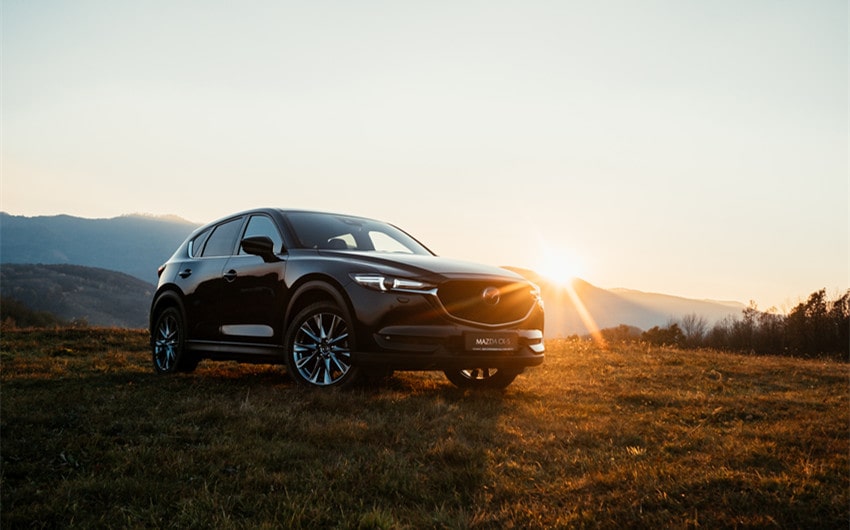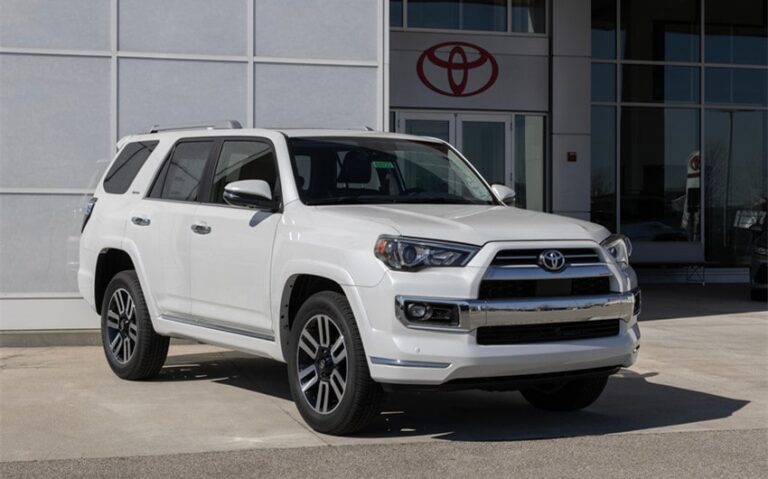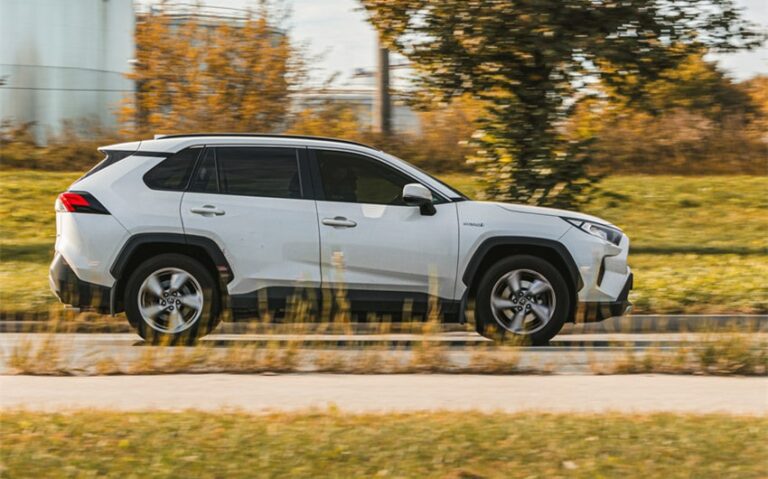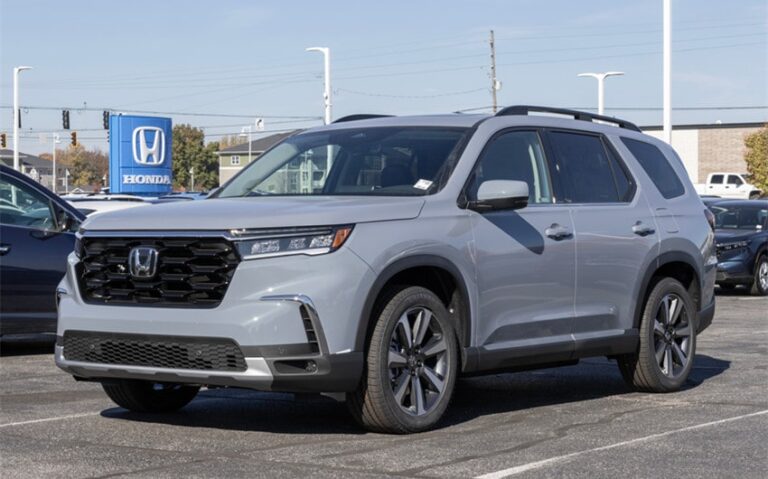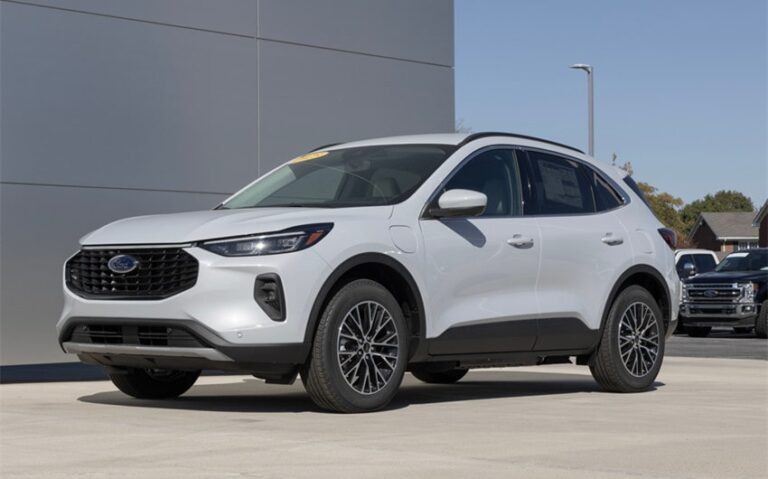Mazda CX-5 Years to Avoid: Don’t Buy Before Reading This Guide
If you’re considering a Mazda CX-5 for your next vehicle, you’re making a smart move—this compact SUV is known for its sporty handling, upscale interior, and solid fuel efficiency. But before you commit, it’s important to know that not every model year is equally reliable. In fact, there are a few Mazda CX-5 years to avoid if you want to steer clear of engine problems, premature brake wear, and frustrating infotainment glitches. This guide will walk you through the specific years that have caused the most trouble for owners, and help you choose a version that delivers dependable performance and peace of mind.
Mazda CX-5 Years to Avoid
Let’s dive into the model years of the CX-5 that have raised red flags among owners, mechanics, and automotive reliability trackers. These years show clear patterns of mechanical trouble, quality concerns, or both.
2014 Mazda CX-5
The 2014 CX-5 is one of the most commonly flagged years, largely due to serious engine issues. Many owners reported excessive oil consumption, which can be a warning sign of deeper internal problems. In some cases, the engine burned through oil so quickly that it led to low oil levels between changes—resulting in overheating or even engine failure.
In addition to the oil-related problems, some 2014 models experienced premature engine wear and noisy operation, including ticking or knocking sounds from under the hood. These complaints are particularly frustrating because they often began before the 100,000-mile mark—well before you’d expect major engine trouble in a Toyota, Honda, or even other Mazda vehicles.
Aside from the engine, the 2014 CX-5 also saw issues with braking system wear and early signs of suspension fatigue, especially in front components. All of these factors combined make this model a risky choice unless you’re buying one with a full maintenance history and clear evidence of engine care.
2016 Mazda CX-5
On the surface, the 2016 CX-5 looks like a winner. It has good safety ratings, a strong reputation for comfort, and the same fuel-efficient Skyactiv engine found in other years. But once you dig into owner reports, you’ll find a few key reasons this model made the list of Mazda CX-5 years to avoid.
The most frequent complaint in the 2016 model year involves brake wear and vibration. Owners report premature wear of both front and rear brakes, sometimes needing replacements as early as 20,000–30,000 miles. Some drivers also noted brake pedal pulsation or shaking during hard stops, which is a sign of rotor warping—another issue that shouldn’t occur so early.
Additionally, many 2016 CX-5s were plagued with infotainment system glitches. This included frozen touchscreens, delayed Bluetooth connectivity, and unresponsive navigation systems. For a car aimed at tech-savvy drivers, these kinds of problems are a major letdown—especially when they become persistent or require out-of-warranty fixes.
Another issue worth noting is road noise. While not necessarily a mechanical failure, excessive cabin noise in the 2016 model was a common frustration for owners expecting a quieter, more refined ride.
2018 Mazda CX-5
The 2018 model marked a generation refresh, and while it introduced some desirable upgrades, it also brought along its fair share of early-production kinks. If you’re looking at this model year, proceed with caution.
Many 2018 owners reported infotainment freezing, lagging, and random system reboots. For a vehicle competing in a segment where connectivity and tech are essential, this flaw significantly undermined the overall experience. Mazda issued software updates, but not all drivers found them effective in resolving the glitches.
Another sticking point for the 2018 CX-5 was the power liftgate. In several cases, the rear liftgate would fail to open or close properly, especially in cold weather. Some users had it stop mid-operation, while others experienced complete motor failure—requiring a repair that could cost hundreds of dollars.
There were also complaints about electrical quirks and battery drain issues in certain trims. Owners described having to jumpstart their vehicle more often than expected or having unexplained battery draw even when the car was off.
While not a complete disaster year, the 2018 CX-5 had enough annoying issues—especially in the infotainment and electrical categories—to make it worth skipping if reliability is your top priority.
Honorable Mention: 2013 Mazda CX-5
As the first production year of the CX-5, the 2013 model isn’t without its growing pains. Early adopters noted lackluster engine performance, transmission hesitation, and lack of refinement in both ride quality and cabin noise insulation.
Because this was Mazda’s initial rollout of the Skyactiv platform, they were still ironing out the tuning and overall power delivery. The engine, while efficient, felt underpowered to many drivers, especially when accelerating onto the highway or carrying full passenger loads. While not plagued by catastrophic failures, the 2013 CX-5 is simply less polished than the years that followed.
Unless you find a 2013 in exceptional condition at a great price, you may be better off starting your search with the 2015 model year and beyond.
Why These Years Are Risky
If you’re wondering why these specific Mazda CX-5 years are considered problematic, it comes down to a combination of factors:
Mechanical reliability is the biggest concern. From premature brake wear and oil consumption to engine noise and suspension fatigue, these issues don’t just hurt your wallet—they chip away at the trust you place in your vehicle.
Owner complaints and patterns matter, too. These aren’t isolated problems from a few unlucky buyers. They’re consistent issues reported across thousands of vehicles, often showing up on forums, consumer complaint sites, and even government safety databases.
Cost of repairs can also turn a small issue into a big problem. For example, infotainment system repairs may seem minor—but they can cost over $1,000 if they fall outside warranty, especially for parts that aren’t easily sourced or require a dealership technician.
Resale value is another factor. Vehicles from problematic model years may lose value faster or be harder to sell due to their reputation. Buyers today are doing their research, and a flagged model year can turn off potential future buyers.
Finally, these years often correspond with first-generation runs or early refreshes, when automakers are still smoothing out production, design, or software issues. That’s why skipping the very first model year of any generation—CX-5 or otherwise—is usually a smart move.
Best Mazda CX-5 Years to Consider
Now that you know which Mazda CX-5 years to avoid, let’s focus on the ones that consistently deliver.
2015 Mazda CX-5
This model year is often regarded as one of the most reliable early CX-5s. Mazda had addressed many of the bugs from the 2013–2014 versions, and drivers enjoyed a well-balanced ride, solid fuel economy, and a comfortable interior. Braking and suspension components held up better in this year, and infotainment issues were minimal compared to later models.
2017 Mazda CX-5
This year brought a refined second-generation redesign, with improved interior materials, better noise insulation, and updated styling. Owners and reviewers praised the ride quality, overall reliability, and better-than-average tech functionality. It struck the perfect balance between affordability and luxury.
2019 and 2020 Mazda CX-5
By 2019, Mazda had ironed out the problems seen in 2018. The 2019 and 2020 CX-5s came equipped with better-tuned infotainment systems, more powerful engine options (including the turbocharged 2.5L), and upgraded safety features. These model years score high in reliability rankings and continue to earn praise from long-term owners.
2021–2023 Mazda CX-5
The most recent CX-5s are some of the most polished yet. With improved AWD systems, even better ride comfort, and standard safety features like adaptive cruise control and blind-spot monitoring, these models offer luxury-level refinement at a competitive price. Reliability scores remain high, and issues are few and far between.
If you want peace of mind with your purchase, stick with these model years. They offer better long-term performance, fewer surprise repairs, and a more satisfying ownership experience.
